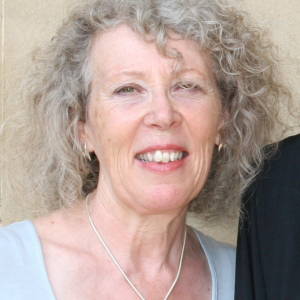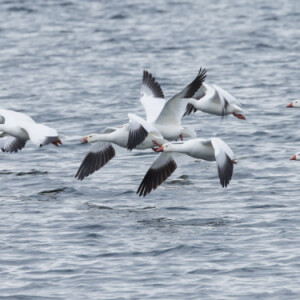Bird on a stick
When I woke up this morning with a burning desire to be somewhere else, I thought about the past few days and realised that I hadn't set foot outside the muddy trench we call home for almost four days. No wonder I was stir crazy. So I went to Farmoor and did some walking:
Across the causeway;
Down to the Pinkhill reserve;
Back up onto the reservoir, and around Farmoor A;
Into the café for coffee and a rather odd, if not completely unpleasing, cookie (advertised as New York Chocolate, it did contain chocolate, but also quite a lot of raisins and dried coconut, and more cinnamon than I'd have used myself);
Back over the causeway;
Back down to Pinkhill;
Round onto the Thames Path, and along as far as Shrike Meadow;
Back up onto the reservoir, and around Farmoor B.
By the time I made it back to the café I was tottering, and was less than pleased to discover that they'd already closed up, half an hour earlier than their advertised time. On the plus side, I'd done 13,000 steps.
I've chosen two photos to mark the day. I caught up with this Kestrel along the north edge of Farmoor A, where it was checking the old settling pools for prey. All of these pools are now neglected and to some extent overgrown, and the surrounding and marginal vegetation are probably a good source of small rodents and song birds. I'm not a raptor expert, but from its behaviour and its rather indistinct plumage I think this is an immature bird. Adult males have neater, greyer heads than this and adult females are browner, while juveniles start out with a general resemblance to adult females. This looks to me to be a juvenile male, en route to his adult plumage.
The second photo shows part of the local flock of Snow Geese taking off across Farmoor B, from the bank where they'd been resting with a group of Barnacle Geese. The Barnacles were the more unexpected, because I rarely see them at Farmoor - they were most probably in passage back to their Scandinavian or Russian breeding grounds, and had stopped to rest and feed - but in the dull light they weren't as photogenic as the Snow Geese. The bird authorities are still a bit sniffy about the Snow Geese, because they're non-native and are officially held to be rare, non-breeding vagrants, but birds don't read books, and escapees from rich folks' waterfowl collections have naturalised in various places in the UK. The self-sustaining colony around Farmoor is well-established, and (unlike the Black Swan), the BTO now allows the Snow Goose to be listed.


Comments
Sign in or get an account to comment.


